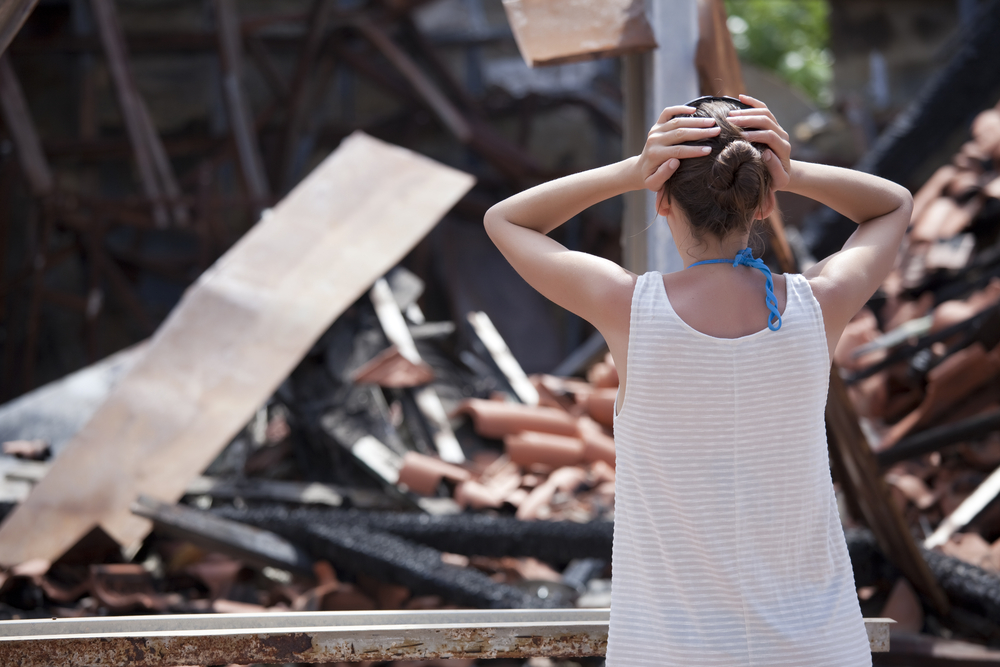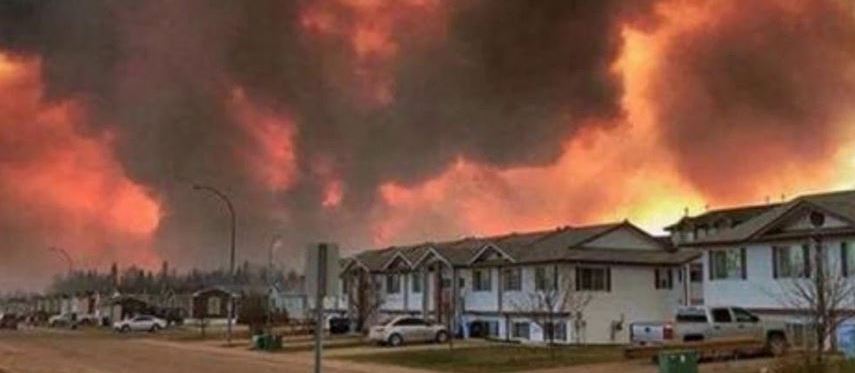Building, Fire Smart
Building for Fire Safety
For the past 50 years, California has been besieged by an increase in wildfires. More than 1.8 million acres have burned. Yet rebuilding efforts rarely reflect an inclination towards fire safety. Builders and homeowners must explore the affordable innovations available to end this deadly trend. The Underestimated Threat In 2018, the nation witnessed Camp Fire, […]

